“Mark, I love what you are doing and I want to help promote you.”
Scott Belsky — Adobe’s CSO and EVP
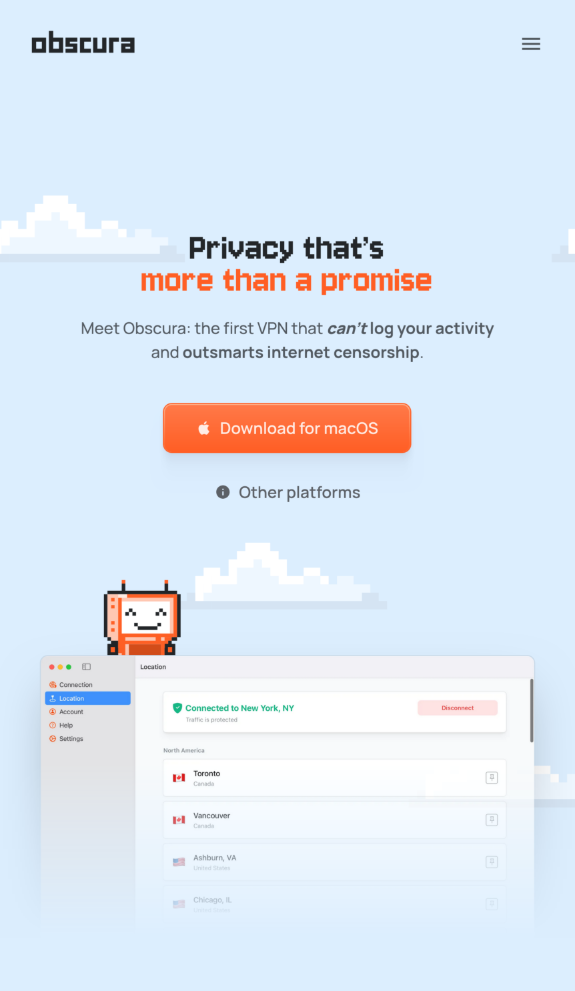
VPN website — obscura.net
'80s Stickers — Commissioned for Telegram
“Whoa, my dude. What you are creating here is super amazing!”
Jeffrey Zeldman — “King of Web Standards” Bloomberg Businessweek
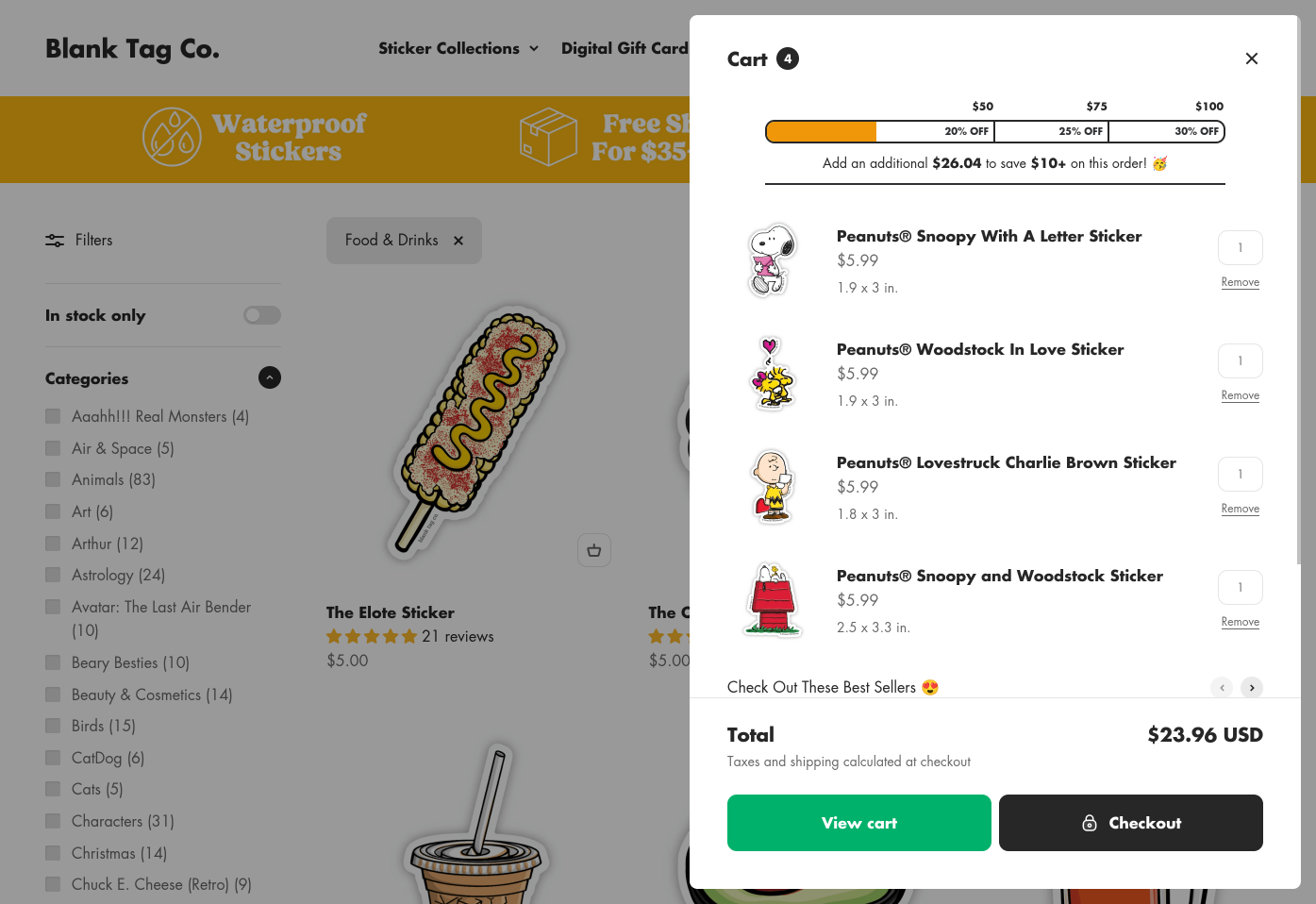
Checking out — BlankTag Co.

Prototype — for PenPot

The Eggs — Character set (NDA)
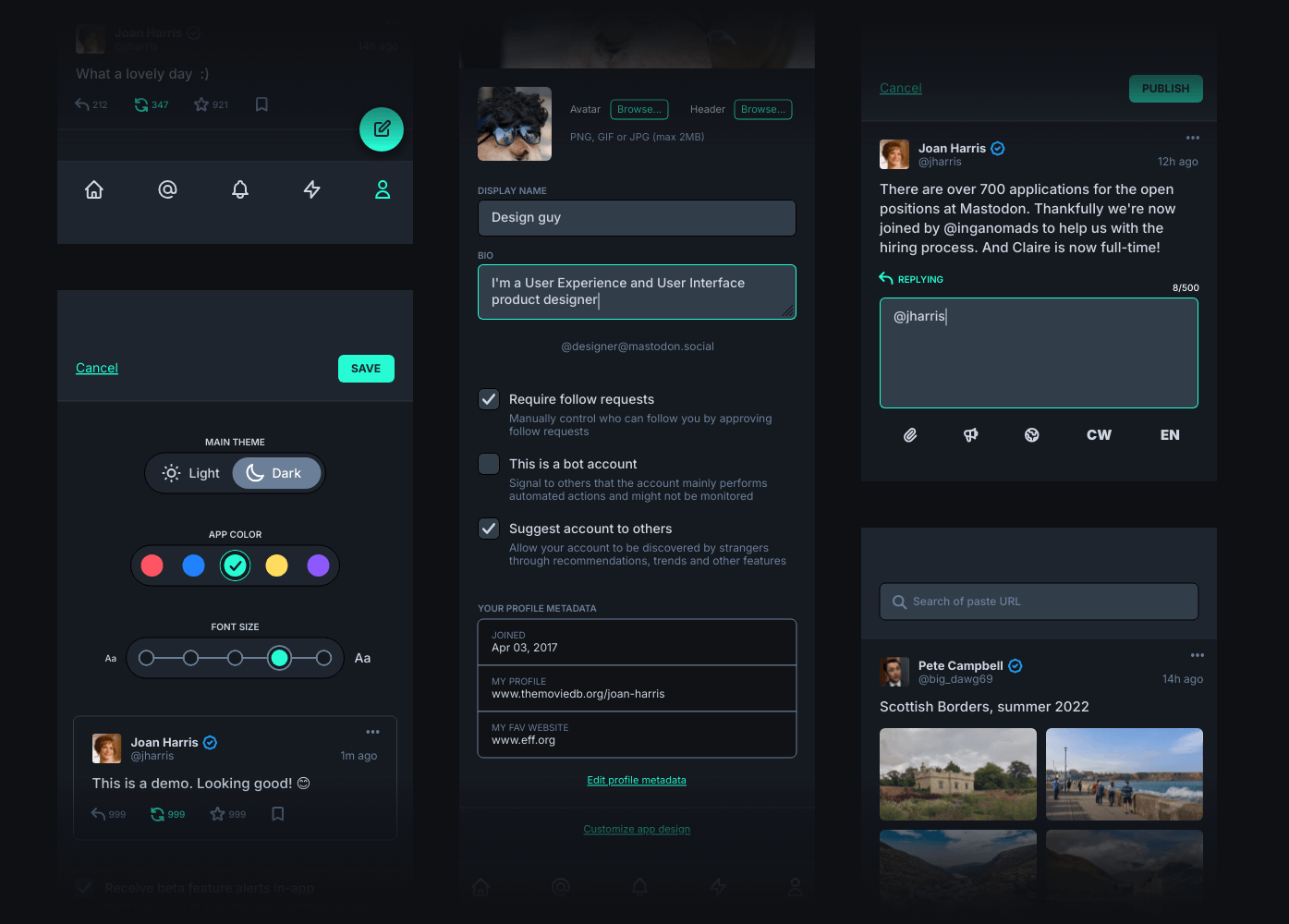
MASTODON — mastodon.social/@designer
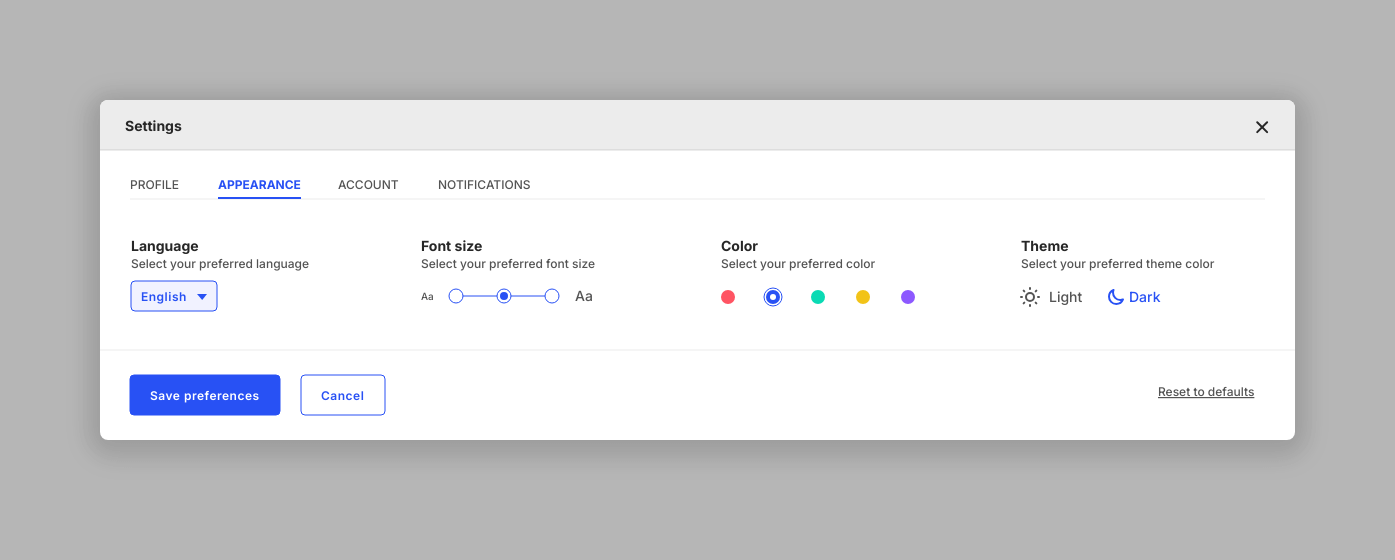
Settings UI — WIP, current project

3D Mascot — Unused

Steam Deck — Illustration for Smashing Magazine
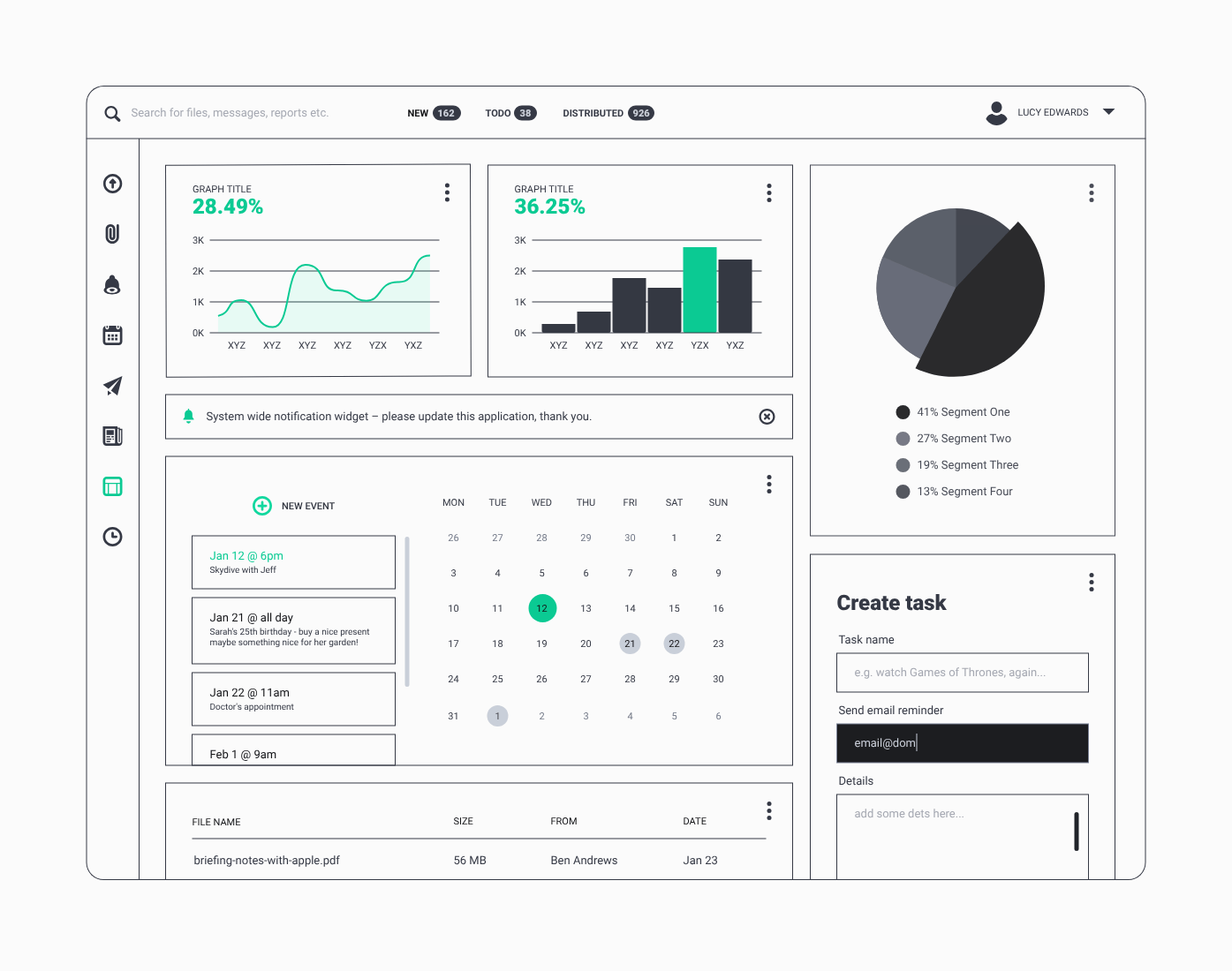
Dashboard UI (light) — for PenPot
“Thoughtful, talented and business savvy, too. The stars aligned.”
Alondra Carbojal — BlankTag, CEO

Cute Emoji Stickers — Commissioned for Telegram
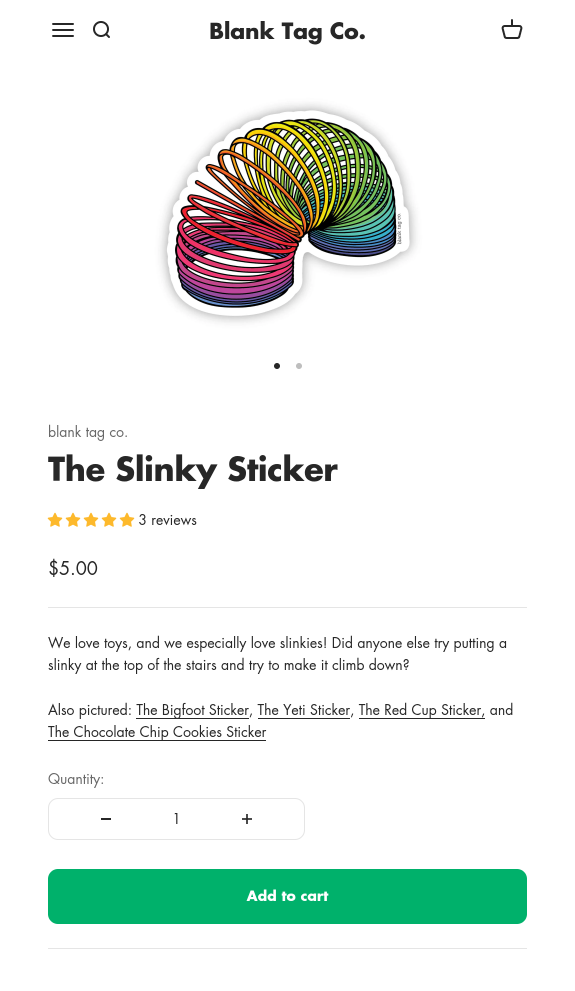
Mobile checkout — BlankTag Co.
“Mark creates professional yet playful design that our users love using.”
Graeme Lourens — Super Post
I work with founders, or those that have a passionate interest in the success of the company.
I’m a User Experience (UX) and User Interface (UI) product designer. Simply put, I make websites and mobile apps. I’ve worked remotely with clients around the world from my home studio near London, for the past 17 years (way before it was forcibly fashionable). I focus on user-friendly interfaces with a splash of delight; intuitive design that users enjoy using.
I enjoy walking my dog, Delilah, consuming my partner's homemade cooking (Penelope's sourdough bread is exceptional), whiskey, video games, and DIY (I built my office cabin). I won't pose for photographs, but here's a few taken without my consent (consent used here in the lightest possible sense).

The importance of great user interface design in enhancing user experience and achieving business goals.
User Interface (UI) design is an essential aspect of creating successful digital products. It involves designing the visual elements and layout of a product to provide an intuitive and seamless user experience. Here are some reasons why great UI design is important:
Enhances User Experience: UI design has a significant impact on the user experience. A well-designed UI can help users navigate through a product more efficiently and complete tasks with ease. Great UI design also makes products more visually appealing and engaging, which can lead to increased user satisfaction and loyalty.
Boosts Conversion Rates: The goal of many digital products is to drive conversions, whether it’s making a purchase or completing a form. Great UI design can help achieve this goal by providing a clear and easy-to-follow user flow. Users are more likely to complete the desired action if the UI design makes it simple and straightforward.
Differentiates From Competitors: In today’s crowded digital landscape, standing out from the competition is crucial. Great UI design can help differentiate a product from its competitors by providing a unique and memorable visual identity. A well-designed UI can also help establish brand recognition and increase brand loyalty.
Increases Brand Trust: A polished and professional UI design can help increase brand trust. Users are more likely to trust a product that looks and feels high-quality and well-designed. A great UI design can also help establish credibility and legitimacy, which can be especially important for new or lesser-known brands.
Improves Accessibility: Great UI design can also improve accessibility for users with disabilities. Designing with accessibility in mind, such as using appropriate color contrast or providing alternative text for images, can help ensure that all users can use the product effectively.
In conclusion, great UI design is crucial for creating successful digital products. It enhances user experience, boosts conversion rates, differentiates from competitors, increases brand trust, and improves accessibility. By investing in great UI design, companies can create products that are both visually appealing and easy to use, leading to increased user satisfaction and brand loyalty.
Designing for success: the critical role of prototyping to create effective digital products.
When it comes to designing a product, whether it’s a mobile app, a website, or any other digital platform, the importance of prototyping cannot be overstated. A prototype is a preliminary model or version of the final product that is used for testing and evaluation purposes. In this blog post, we will discuss the importance of prototyping design and why it is crucial to the success of any digital product.
Identifying Design Flaws: Prototyping allows designers to identify design flaws early on in the development process. This is important because it allows designers to make changes to the design before development begins, reducing the risk of costly changes down the line. By prototyping, designers can identify design flaws such as poor navigation, unclear information architecture, or confusing user flows, and make changes accordingly.
Testing User Experience: A prototype allows designers to test user experience (UX) before launching the product. Testing UX is crucial as it helps identify how users interact with the product, what problems they encounter, and what features they find useful. By testing UX in a prototype, designers can improve the overall user experience of the final product.
Cost Savings: Prototyping can save costs in the long run. By identifying design flaws early on, designers can make changes before development begins, reducing the need for costly changes during development or after the product has been launched. Additionally, by testing the user experience in a prototype, designers can reduce the risk of users encountering issues that need to be resolved, thus reducing the cost of maintaining the product.
Collaboration: Prototyping encourages collaboration between designers, developers, and stakeholders. By creating a prototype, designers can share their ideas with others, gather feedback, and make changes accordingly. This promotes teamwork, ensures that everyone is on the same page, and leads to a better end product.
Proof of Concept: A prototype can serve as a proof of concept for the final product. By creating a prototype, designers can demonstrate the functionality, features, and overall user experience of the product to stakeholders, investors, or potential customers. This can be useful in securing funding, attracting customers, and creating excitement around the product.
In conclusion, prototyping is an essential part of the design process. It allows designers to identify design flaws early on, test user experience, save costs, encourage collaboration, and serve as a proof of concept for the final product. By investing time and resources into prototyping, designers can create better digital products that are user-friendly, efficient, and cost-effective.
Happy users: 7 key strategies for a successful mobile app.
Mobile apps have become an essential part of our daily lives. They offer convenience, ease of use, and accessibility. However, with so many apps available in the market, it can be challenging to retain users if they are not satisfied with the experience. Ensuring happy users is vital to the success of any mobile app, and in this blog post, we will discuss some tips to help you achieve this.
Create a user-friendly interface: The first and most important step in ensuring happy users is to create a user-friendly interface. Your app should be easy to navigate, with intuitive design and clear instructions. The design should be visually appealing and make the user feel engaged with the app.
Ensure smooth and fast performance: The performance of your app is critical to its success. Users will quickly lose interest if the app is slow, crashes often, or takes too long to load. Ensure that your app is optimized for speed, and it is free of bugs and glitches.
Provide value to your users: Users are more likely to stay loyal to your app if it provides value to them. Ensure that your app solves a problem or fills a need for your users. This could be through features that are unique to your app, or through a service that is not available elsewhere.
Encourage feedback and respond to it: Encouraging feedback from your users is essential in identifying areas for improvement. Allow users to submit feedback through the app, and respond to it promptly. This shows that you care about their experience and are willing to make changes to improve it.
Regularly update your app: Regularly updating your app is crucial to its success. This could be to fix bugs, introduce new features, or improve performance. Ensure that users are notified of updates and that they are seamless and easy to install.
Offer excellent customer support: Providing excellent customer support is vital to ensuring happy users. Users should be able to contact support easily, and their issues should be addressed promptly. This could be through an email or chat support service, or through an FAQ section within the app.
Respect user privacy: Respecting user privacy is critical to building trust and ensuring happy users. Ensure that your app complies with relevant data protection laws and regulations, and that users’ personal information is not shared with third parties without their consent.
In conclusion, ensuring happy users of your mobile app is critical to its success. By creating a user-friendly interface, ensuring smooth and fast performance, providing value to users, encouraging feedback, regularly updating the app, offering excellent customer support, and respecting user privacy, you can retain users and ensure that they are satisfied with their experience.
The significance of illustrations in product design: enhancing user experience and brand personality.
Illustrations are an essential element of product design. They can be used to communicate a brand’s personality, simplify complex concepts, and enhance the overall user experience.
Communicating Brand Personality: Illustrations are an effective way to communicate a brand’s personality. By using unique illustrations that reflect the brand’s values, designers can create a distinct identity that sets the brand apart from competitors. For example, a playful and quirky brand may use whimsical illustrations, while a professional and corporate brand may use sleek and minimalistic illustrations.
Simplifying Complex Concepts: Illustrations can simplify complex concepts and make them more accessible to users. By using illustrations to break down complex information into digestible chunks, designers can create a more user-friendly experience. This is especially important for products that deal with complex or technical information, such as finance or healthcare apps.
Enhancing User Experience: Illustrations can enhance the overall user experience by creating an engaging and memorable design. By using illustrations to create a visual hierarchy, designers can guide users through the product and create a more intuitive experience. Additionally, illustrations can be used to create a sense of delight and surprise, which can lead to increased user engagement and retention.
Improving Brand Recall: Illustrations can improve brand recall by creating a visual memory of the brand. By using consistent illustrations throughout the product, designers can reinforce the brand’s identity and make it more memorable to users. This can lead to increased brand recognition and loyalty.
Adding Personality and Emotion: Illustrations can add personality and emotion to a product. By using expressive illustrations, designers can create a more emotional connection between the user and the product. This can lead to increased user engagement and loyalty, as users feel a stronger connection to the product.
In conclusion, illustrations are an important element of product design. They can be used to communicate brand personality, simplify complex concepts, enhance the user experience, improve brand recall, and add personality and emotion to the product. By using illustrations effectively, designers can create a more engaging, memorable, and user-friendly product that resonates with users and sets the brand apart from competitors.